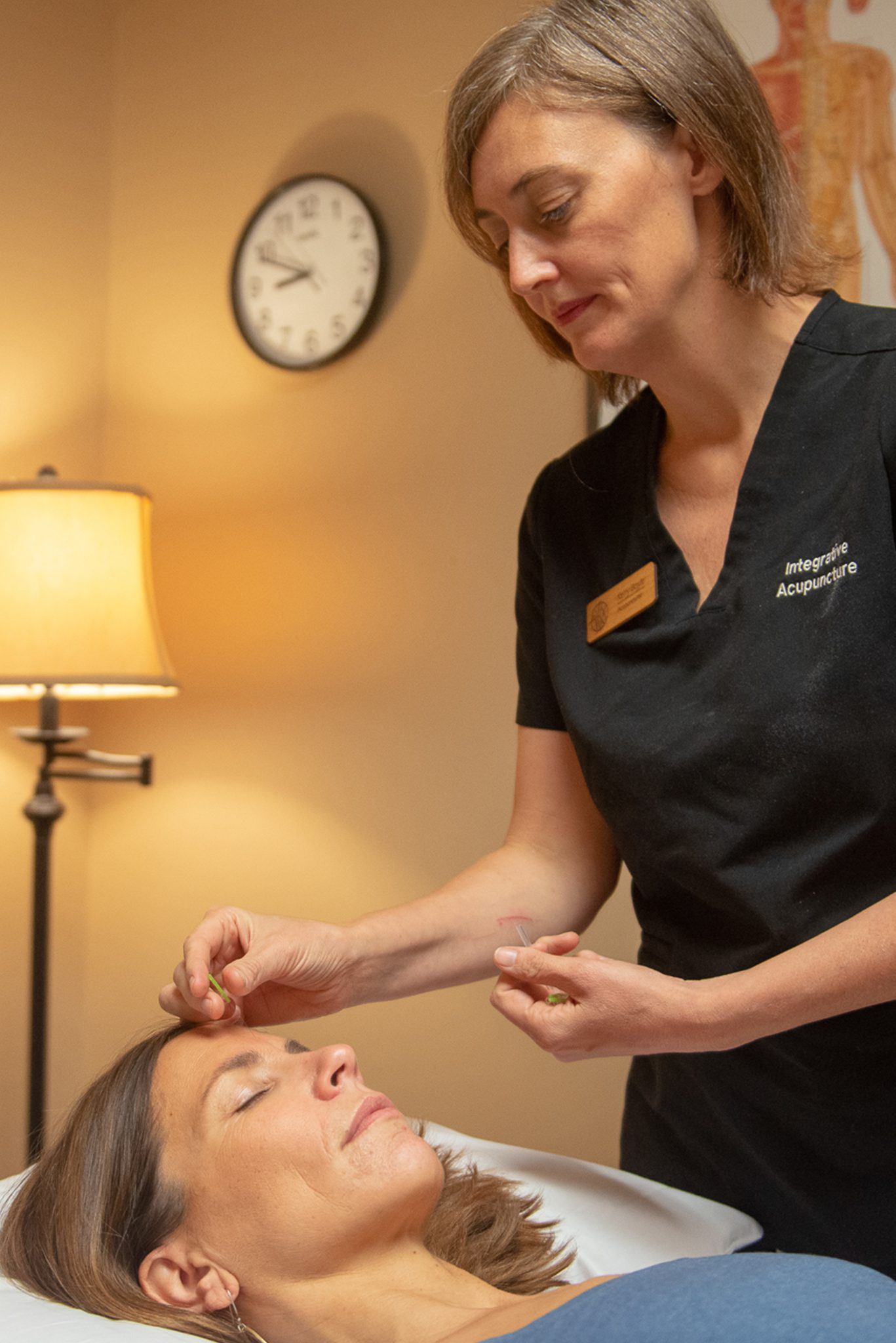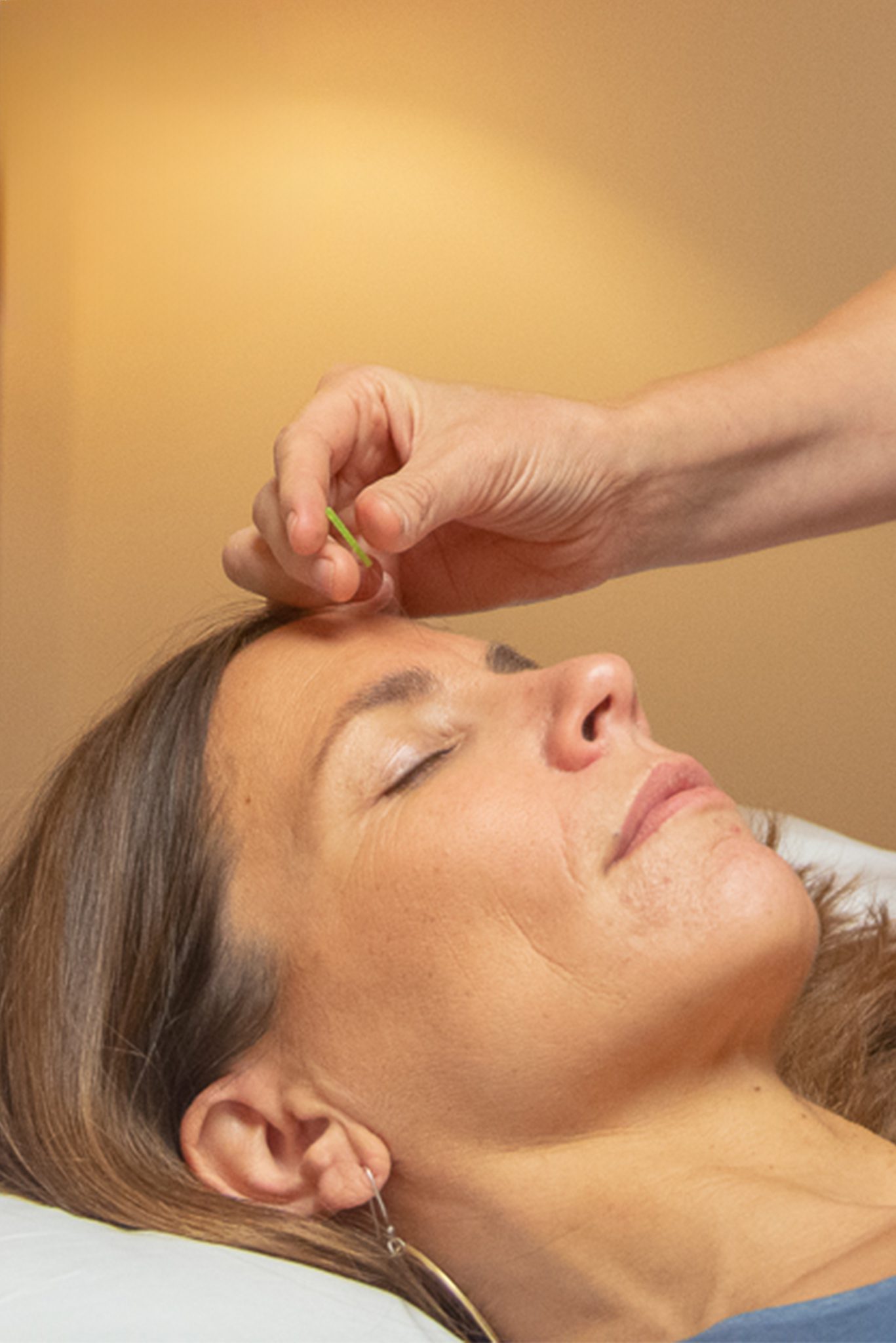Unlocking Relief: Acupuncture for TMJ
Temporomandibular joint disorder (TMJ) can be a painful and disruptive condition, affecting millions worldwide. From jaw pain to headaches, TMJ can significantly impact one’s quality of life. While traditional treatments like medication or surgery are common, many individuals seek alternative therapies for relief. Among these, acupuncture has gained attention for its potential to alleviate TMJ symptoms.

Understanding Acupuncture’s Approach to TMJ
Acupuncture, a cornerstone of traditional Chinese medicine (TCM), operates on the principle of restoring balance and flow within the body’s energy pathways, known as meridians. By inserting thin needles into specific points along these meridians, acupuncturists aim to correct imbalances and promote healing.
So, how does acupuncture tackle TMJ? Research suggests that acupuncture can modulate pain perception by stimulating the release of endorphins, the body’s natural painkillers. Additionally, it may reduce inflammation and muscle tension, common culprits of TMJ discomfort.
Numerous studies support acupuncture’s effectiveness in managing TMJ symptoms. For instance, a meta-analysis published in Pain Medicine found that acupuncture significantly reduced pain intensity and improved jaw function in TMJ patients (source). Another study in the Journal of Oral Rehabilitation reported that acupuncture provided greater pain relief than a control group receiving sham acupuncture (source).

Integrative Acupuncture: A Holistic Approach
Our practice is renowned for its integrative approach to TMJ is Integrative Acupuncture, based at www.acupunctureinvermont.com. Our experienced practitioners blend traditional acupuncture with complementary therapies to address TMJ comprehensively.
At Integrative Acupuncture, treatments for TMJ often involve a combination of acupuncture, moxibustion, gua sha, and craniosacral therapy with intra-oral release in the mouth. Moxibustion, which involves burning the herb mugwort near acupuncture points, enhances the treatment’s effectiveness by stimulating blood flow and reducing inflammation. Gua sha, a technique using a smooth-edged tool to scrape the skin, can help alleviate muscle tension and promote healing.
Craniosacral therapy focuses on gently manipulating the bones of the skull and spine to relieve tension and improve the functioning of the central nervous system. When combined with intra-oral release, we work directly on the muscles inside the mouth, this approach can offer targeted relief for TMJ symptoms.

What to Expect: Treatment and Results
One common question for those considering acupuncture for TMJ is, “How many treatments will I need?” While individual responses vary, most patients experience gradual improvement over several sessions. Integrative Acupuncture typically recommends an initial series of six to ten treatments, spaced one to two weeks apart, to achieve optimal results.
During each session, our practitioners assess the patient’s condition and adjust the treatment plan accordingly. Some may notice immediate relief, while others may require several sessions to experience significant improvement. Consistency and communication between the patient and provider are key to maximizing the benefits of acupuncture for TMJ.
In conclusion, acupuncture offers a holistic and evidence-based approach to managing TMJ symptoms. By addressing underlying imbalances and promoting healing, acupuncture, especially when integrated with complementary therapies, can provide relief for those suffering from TMJ. If you’re seeking natural and effective solutions for TMJ, consider exploring the services offered by Integrative Acupuncture at www.acupunctureinvermont.com. Your path to relief may be closer than you think.





